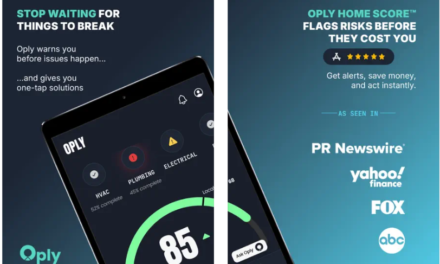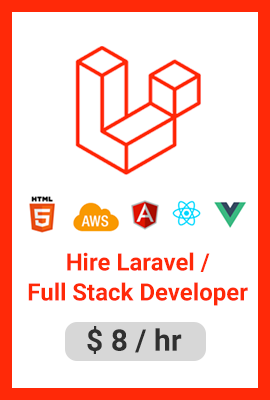As a creator, it can be hard to get your amazing ideas onto paper and out into the world sometimes. No matter how clearly you can see an idea in your head, it never seems to come across quite as you wish when putting into words.
When it comes to getting the perfect mobile apps idea, the same sort of problems can arise. Maybe it’s because there are so many ideas whizzing around your head that it’s hard to describe, or maybe you’ve thought so much about its potential that you haven’t quite gotten round to considering the practical.
But if you’re ever going to convince your team that this is the way forward, or convince an investor to cough up some cash, then you need to be able to explain your vision clearly.
Luckily, there is a fantastic business tool available to you that will allow you to share your ideas in a whole new light: the elevator pitch.
An elevator pitch is designed to bring all the ideas in your head into one mission statement, coincidentally getting its name for taking no longer than the time it takes you to ride an elevator.
This pitch will inspire anyone listening to get involved, so you should have one readily prepared at every stage of your app building process.
Here we’ll go through our five steps for putting together the best mobile app elevator pitch.
Be clear and concise
You need to be able to outline exactly what your app is, what it does, and how it will help people in a very simple and concise way.
For your audience to follow what you’re saying, it’s important that you stay in control of your pitch. This means avoiding jargon, speaking clearly and avoiding pitching for any longer than 40 seconds at a time.
You have to remember that there are 2.9 million app developers in the world who have built around 2 million apps between them, and around 47% of these make next to nothing. So for your pitch to stand out, you need to be unforgettable.
Speaking distinctively and pitching in a way that makes you stand out from the crowd will keep you in your audience’s minds.
Focus on the big questions
When you’ve only got 40 seconds to pitch, there obviously isn’t going to be a lot of time for details. By sticking to the main questions surrounding your app- how does it work, what does it do, who is the target audience, what is the solution you are providing- then you’re hitting all the main points.
The truth is that if your audience wants to hear more about your app, they will follow up with you afterward. They don’t need to be bombarded with the tiny details all at once. For more tips on hitting all the major points of app development, check out Digital Authority Partners’ 2019 Mobile App Development Guide.
Find your unique selling point
In a completely oversaturated market, you need to figure out what makes your app different from all the others. Finding your unique selling point and pitching based on that will make you stand out from the competition.
You can determine your selling point by looking at the features and benefits of your app, what need it is meeting, and what aspects your competitors will be unable to imitate.
After all, your audience needs to know what’s in it for them if they decide to get involved.
Set a goal
Finding a goal for your app is one of the most important things to do before pitching. You need to know exactly what the customer is going to receive when they open your app – what is its function and how will it be met?
By showcasing exactly what you want users to get out of your app, you’ll show your audience that you really have considered every last detail and are serious about your new venture.
Proving that you’re in for the long haul is very desirable for most teams and investors – they want to know they’re putting their time, effort, or money into something that will stick.
Make sure that you don’t go through every amazing feature about your app, just stick with the main fantastic points that will provide a unique service to your customers.
Practice makes perfect
Once you’ve found a clear way to explain your app that hits all the main points and advertises your unique selling point, it’s time to get practicing. A shaky pitch will not look good in the eyes of your audience, so it’s important that you are well prepared.
Make sure to time yourself so you know you’re speaking for no more than 40 seconds, and maybe even try practicing with family and friends.
By practicing in a social setting, you’ll be able to get a real-life feel for your presentation and how it comes across to a listener verbally.
Be prepared to take feedback and work on it so that when it comes to the real thing, you’re ready to stand up, smash it, and sell your app.
An invaluable skill
So no matter who you’re caught in an elevator with, sat next to on the subway, or meet at a networking event, you’ll always be prepared to share your best app ideas.
People are busy, so being able to communicate in such a quick and concise way is a very important business skill to have.
And once you’ve learned it, you’ll likely use it again and again, whether that’s to pitch more great apps, pitch yourself in a job interview or even pitch your team for a new product.
Selling makes the world go around, and being able to sell yourself is so invaluable.















